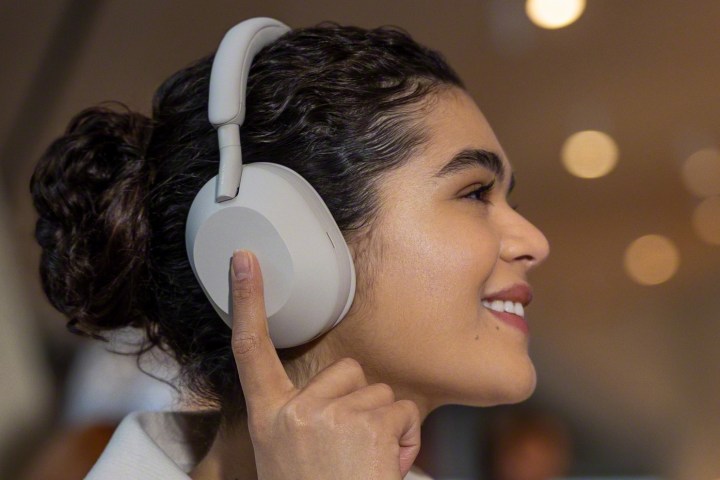How to Connect Wireless Headphones to Computer Seamlessly?
In the modern world, professional photographers rely heavily on technology, and sound quality can make a significant difference in their workflows, especially when working with audiovisual content and video editing. If you are looking for guidance on how to connect wireless headphones to computer, then you have landed on the right page. This article will walk you through the steps, tips, and tricks to ensure you have a seamless connection that will enhance your creative process.
Understanding how to connect your wireless headphones to your computer is essential for a photographer. Imagine you are editing a video project, and you need the best possible audio while also avoiding any disruptive wires. Wireless headphones can provide the freedom you need to move around while keeping an eye on your editing. Lets dive into this process!

Requirements for Connecting Wireless Headphones
Before we move into the steps, lets get familiar with some essential requirements:
- Bluetooth Capability: Ensure that your computer has Bluetooth functionality.
- Fully Charged Headphones: Make sure your headphones are charged and operational.
- Operating System Updates: Your computers operating system should be up to date.

Step-by-Step Guide on How to Connect Wireless Headphones
Now that you have all prerequisites sorted, follow these simple steps to connect your wireless headphones:
1. Enable Bluetooth on Your Computer
The first step in connecting wireless headphones is ensuring that Bluetooth is turned on:
- For Windows:
Go to Settings > Devices > Bluetooth & other devices. Toggle the Bluetooth switch to On. - For macOS:
Click on the Apple logo, go to System Preferences > Bluetooth and turn it on.
2. Prepare Your Wireless Headphones
Most wireless headphones have a pairing mode. Heres how to activate it:
- Consult your wireless headphones manual for the specific steps as they may vary by brand.
- Commonly, you will need to press and hold the power button until you see a blinking light or hear a voice prompt indicating that it is in pairing mode.
3. Connect Headphones to Computer
It's time to connect:
- For Windows:
Once your headphones are in pairing mode, they should appear under Bluetooth devices. Click on your headphone name and press Connect. - For macOS:
Your headphones will appear in the Bluetooth menu. Click on the name and select Connect.
4. Test the Connection
Once connected, its time to test the audio:
- Play a video or audio file to ensure the sound is clear through your headphones.
- If there are any issues with the connection, try restarting both the headphones and computer.

Troubleshooting Tips for Wireless Headphones
Despite best efforts, there may be times when things do not work as planned. Here are a few methods to troubleshoot common problems:
- If your headphones arent appearing on your devices Bluetooth list, make sure they are in pairing mode.
- Check if the distance between the headphones and computer is too far.
- Resetting the headphones can sometimes solve connectivity issues; refer to your user manual for reset instructions.

Why Wireless Headphones Matter for Photographers
The ability to utilize **wireless headphones** is invaluable for professional photographers, especially when editing sound-heavy content. Heres why:
- Mobility: You can move freely without worrying about tangled cords.
- Sound Quality: Investing in quality wireless headphones can greatly enhance your ability to perceive sound accurately.
- Comfort: They can provide better comfort during extended editing sessions while ensuring high-quality sound.
Additional Resources for Photographers
For further information on wireless headphones and other related topics, you could explore the following articles:
- Why Headphones Aren't Working
- Headphones Cutting Out
- Headphones Pairing Mode
- Connect to Chromebook
- Popularity of Wireless Headphones
Frequently Asked Questions
1. What if my headphones dont show up when connecting?
If your headphones do not show up, ensure they are in pairing mode, and try moving closer to your computer.
2. Can I use wireless headphones for video editing?
Yes, wireless headphones are great for video editing as they provide freedom of movement and clear audio quality.
3. Are there specific brands that are better for photographers?
Brands like Bose, Sony, and Sennheiser are popular amongst photographers for their sound quality and comfort.
As an Amazon Associate, I earn from qualifying purchases.

